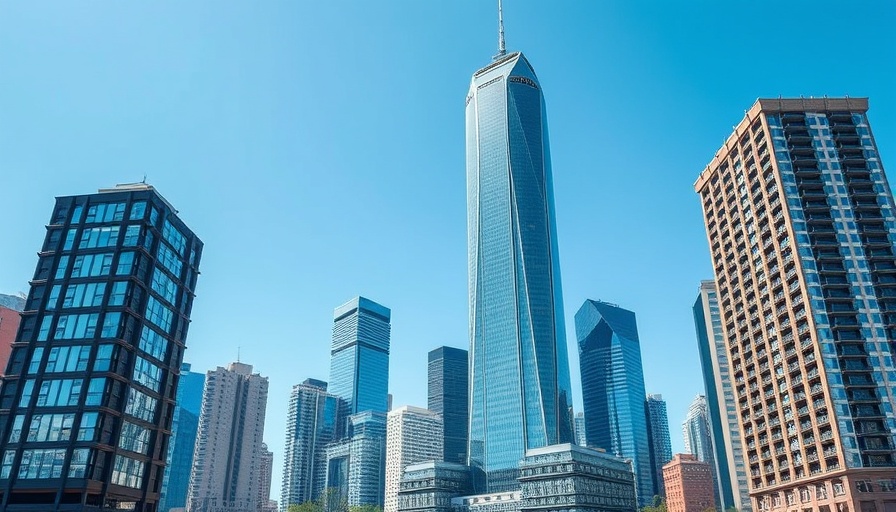
The Octagon: A New Landmark in Sustainable Construction
At 155 meters tall, The Octagon is not just Birmingham’s tallest building; it is a pioneering high-rise that sets a new standard for residential living. As part of the £1.2 billion Paradise development, which promises to redefine the city's skyline, The Octagon features 370 Build-to-Rent (BTR) homes designed for modern living.
Innovative Acoustic Solutions for Enhanced Living
In addressing the unique challenges posed by urban living, CMS Danskin Acoustics has introduced their advanced REGUPOL system. This innovative moisture vapour suppressant and acoustic underlay system is pivotal in achieving the desired soundproofing and humidity regulations throughout the building. By using REGUPOL barrier 99-201, a quick-drying moisture barrier, the construction team can ensure that floor screeds remain protected against moisture while allowing the building process to progress smoothly.
Why Acoustic Performance Matters
For property developers and managers, superior acoustic performance is not merely a luxury; it is a necessity. In multifamily dwelling units, effective sound insulation is vital for tenant satisfaction and comfort. REGUPOL sonus multi 3, the resilient acoustic underlay used in The Octagon, meets the stringent requirements outlined in Approved Document E, Technical Booklet G, and Section 5, ensuring that residents enjoy peace and tranquility within their homes.
Efficiency Meets Sustainability
Moreover, the use of REGUPOL materials also reflects a commitment to sustainability. With up to 72% of pre-consumer recycled content, the acoustic underlay supports environmental goals while providing businesses and developers with a product that aligns with social responsibility initiatives. Effective sound control combined with eco-friendly materials positions The Octagon as a case study in how progressive building practices can be implemented responsibly and effectively.
The Future of Urban Development in Birmingham
With its topping out in September 2024 and opening slated for summer 2025, The Octagon is a vital part of Birmingham's drastic urban transformation. It showcases that integrated design thinking is paramount when developing residential spaces that contribute to a thriving community. As Birmingham evolves, projects like The Octagon signal a shift toward building environments that promote health, wellness, and sustainability.
Pioneering initiatives in soundproofing and moisture control could pave the way for future developments across the UK, encouraging other developers to adopt similar strategies. This shift in focus not only enhances occupant satisfaction but also elevates property values, thus benefiting investors and communities alike.
In Conclusion
As business owners and developers look towards their next projects, The Octagon serves as a compelling example of how modern construction technology, holistic design, and sustainability can converge to create spaces that enhance quality of life for occupants. Considering investments in advanced acoustic solutions may very well become a standard practice in future construction.
 Add Row
Add Row  Add
Add 




Write A Comment